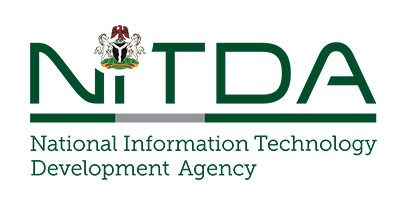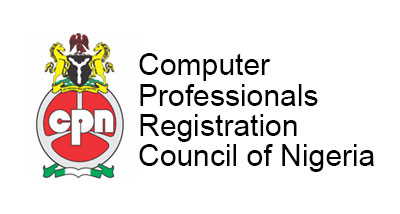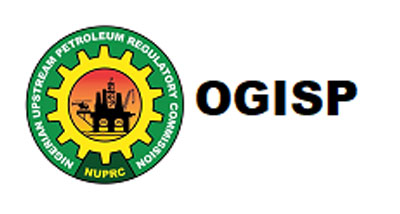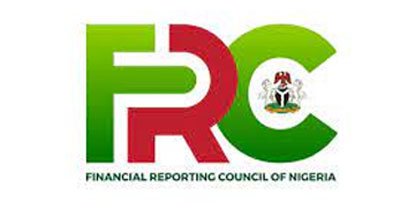Fraud and Theft Prevention
Fraud and theft prevention are serious issues in the workplace, especially in a manufacturing environment. Fraud and theft go well beyond the loss of cash or product to get to your bottom line. It can affect your customers by way of higher prices and inferior shopping experiences, which can have a direct impact on your reputation. Imagine what your customer thinks of your business when he or she is promised an item by a specific date because you think you have it in stock. Although your (paper) records showed you had the item, it was ultimately backordered. Unfortunately, the item was stolen by an employee and you were not aware until the customer was already disappointed.
And speaking of your reputation, you don’t want to invite even more shoplifting because your business is known as an easy target.
Employee theft can also affect other employees. Stealing from you indirectly steals from them. How many times will it happen before other employees question whether you’re competent enough to keep the business strong and safe? After it happens, will you unfairly limit the freedoms of the rest of your staff?
The good news is that ERP software makes it simple to create systems that can reduce the risk of fraud. These are just a few examples of how ERP capabilities can help you reduce fraud and keep stakeholders honest.
Accounts Payable workflows with multiple employees should be implemented.
Avoid entrusting your whole payables cycle to a single individual, as this increases the risk of creating fake AP invoices or diverting valid vendor payments. Instead, utilize workflows and role permissions to assign responsibility for inputting invoices, approving them, and creating payment batches to separate employees. This ensures that management may examine bills for legality once they’ve been entered and that payment can only take place when the invoice has been accepted.
It’s also a good idea to have a separate employee sign paper checks once they’ve been generated, if at all possible. This prevents a legal invoice from being reported as paid in your system and the real check being stolen and issued to another payee.
Maintain a “need-to-know” policy for system permissions, and audit them regularly
days, most ERP solutions provide a wide variety of security permissions that can be extended to users across the implemented modules. But unfortunately, far too often users are extended more permission than they need to do their jobs.
It’s important to regularly audit your users’ permissions periodically to ensure that they don’t have access to system functions they don’t need. System administrators should work with department managers to determine what’s necessary, and pare down access based on those essentials – particularly to sensitive options like deleting or modifying accounting information.
Audit Adjusting Journal Entries (AJEs) on a regular basis
In most ERP environments, the majority of general ledger entries are system-generated, by applications such as accounts receivable, accounts payable, inventory control, and cash management. As a result, manually-created Adjusting Journal Entries (AJEs) should be relatively rare.
Make a point of running reports regularly to audit and review your AJEs to ensure they’re accurate. And don’t fall into the trap of assuming that all fraudulent entries are rocket science. Many high-profile fraud cases have been carried out by writing simple journal entries between cash accounts and expense accounts.
Don’t rely on your bank or credit card statements to inform your financials
In smaller businesses – especially ones without dedicated accounting personnel – it’s unfortunately all too common for employees to rack up expenses on company credit cards throughout the month without recording them in the ERP system, relying on their bank or credit card statements as a summary of expenses.
Accounting professionals strongly recommend against this practice, and for good reason! Entering your expenses weeks after they are incurred means your accounting reports will be inaccurate until the statement is reconciled. But much more importantly, it eliminates a cross-reference with actual business activities.
Company credit cards are a common vehicle for smaller-scale fraud. Employees simply make purchases for themselves at a commonly-used vendor (perhaps the post office or office supply store) and assume that nobody will dig through the stack of paper receipts to cross-reference it. This possibility can be eliminated by ensuring that expenses are entered in the software when they’re incurred, preferably with a digital copy of the receipt.
Treat inventory shortages as an anomaly
If you’re using an older system with poor inventory control, you may be used to inventory counts that don’t quite line up with what’s on the shelf. And certainly, in many industries, some amount of shrinkage or damage is par for the course.
But with a solid ERP solution and adoption of proper business practices (such as verifying quantities of received inventory and recording bin locations in the system), erroneous stock levels should be anomalous – and treated that way!
When you discover that a stock level doesn’t match, always take time to investigate, attempt to locate the cause, and take action to prevent the problem from occurring in the future. Doing so will send a message to employees that missing inventory won’t simply be treated as a cost of doing business.















